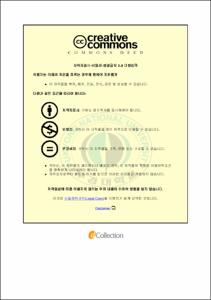Rain garden을 활용한 도시지역 비점오염물질 저감을 위한 연구
- Abstract
- Rain garden has been recommended as a best management practice to treat stormwater runoff. It is used for the hydrologic cycle, which design to reduce runoff peak discharge rates, nonpoint source concentrationon, recharge for the groundwater and reuse a stormwater. Optimized rain garden can removes nutrient materials such as nitrogen and phosphorus and reduce heavy metals, Specially, vegetated rain garden with high density can effectively remove pollutants. In this research, 7 treatments made of acrylic were constructed(40cm×40cm×80cm). 2 treatments were vegetated with Rhododendron lateritium and Zoysia japonica, 2 treatments were vegetated only Rhododendron lateritium, 2 mesocosms were vegetated only Zoysia japonica, and a nonvegetated control. Average mass removal efficiency and retention rates of COD, TN, TP by vegetated with Rhododendron lateritium and Zoysia japonica rain garden systems were 86.3±5.7%, 76.9±7.6%, 89.9±7.9%, respectively. Average mass removal efficiency of heavy metals were 100% of As , 93.3±0.9% of Cd , 91.3±1.5% of Pb , 98.5±0.2% of Zn , 92.5±2.4% of Cu, respectively.
These results indicate that rain gardens worked well for overall flow retention and nonpoint source from urban stormwater runoff should be removed by rain garden system through filtering effect by media and adsorption process by organic matter within soil media and vegetated plants through heavy matal uptake by plants.
- Issued Date
- 2011
- Awarded Date
- 2011. 8
- Type
- Dissertation
- Publisher
- 부경대학교
- Files in This Item:
-
-
Download
 Rain garden을 활용한 도시지역 비점오염물질 저감을 위한 연구.pdf
기타 데이터 / 4.15 MB / Adobe PDF
Rain garden을 활용한 도시지역 비점오염물질 저감을 위한 연구.pdf
기타 데이터 / 4.15 MB / Adobe PDF
-
Items in Repository are protected by copyright, with all rights reserved, unless otherwise indicated.